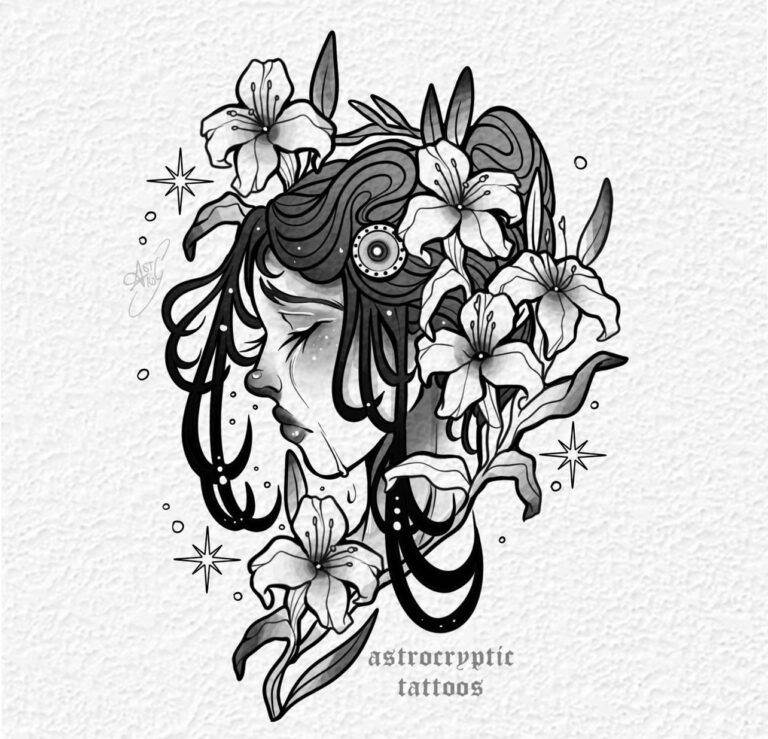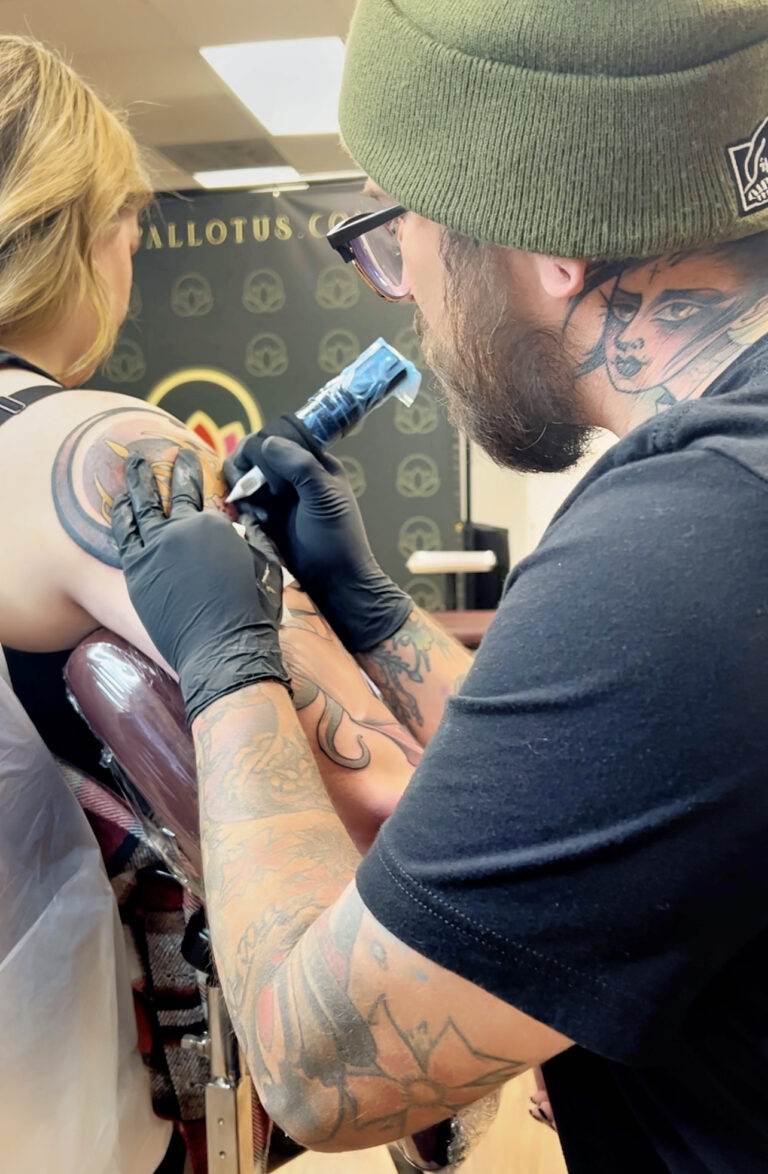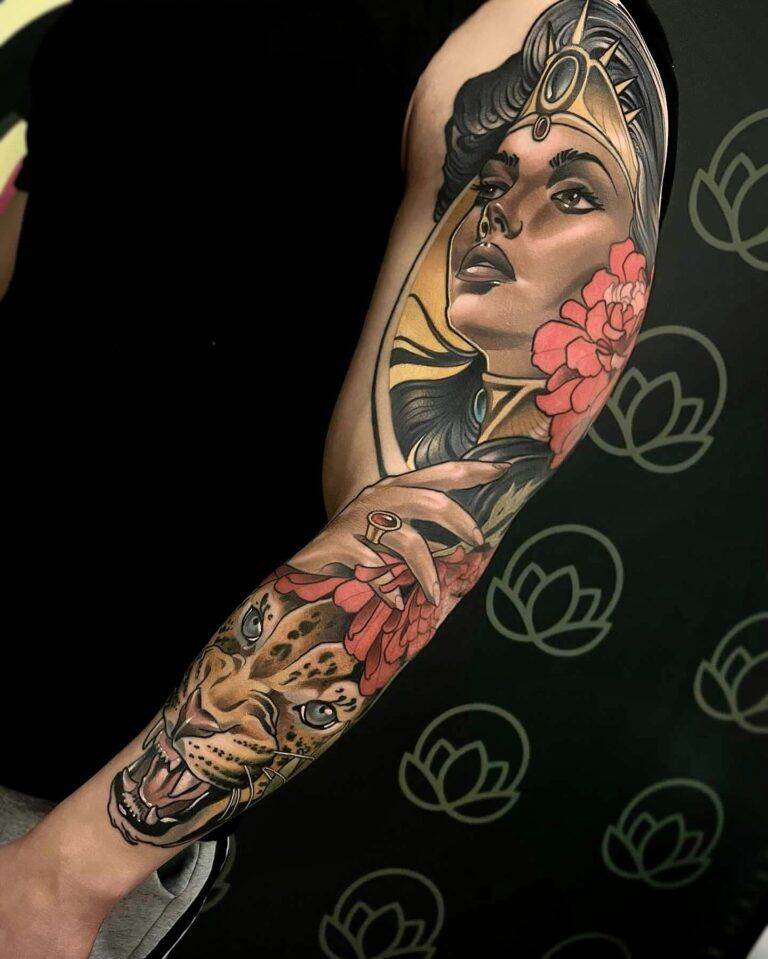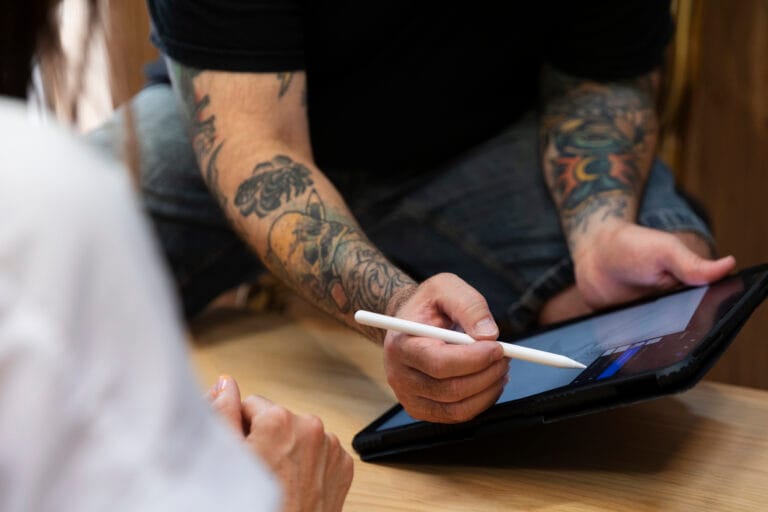Introduction
Understanding Cover-Up Tattoos

Cover-up tattoos serve a unique purpose within the tattoo world; they rejuvenate and transform previous ink into something fresh and new. Often, individuals seek cover-up tattoos to mask old designs they no longer resonate with, such as names of past relationships or poorly executed artwork. Cover-ups can provide a sense of redemption and self-expression, allowing individuals to reclaim their skin and story. Crucially, a cover-up is not just a simple layer of ink over the existing design. It requires thoughtful planning regarding the size, placement, and overall design to effectively hide the original tattoo while achieving an aesthetically pleasing outcome. The versatility in design can range from intricate floral patterns to bold geometric shapes, making every cover-up a unique piece of art. Here are some points to consider:
- Artistic Creativity: A successful cover-up relies heavily on the artist’s creativity to devise a new concept that effectively encompasses the old design.
- Color Choices: Darker colors or bold patterns are typically more effective for cover-ups as they can obscure the underlying ink more efficiently.
History of Cover-Up Tattoos
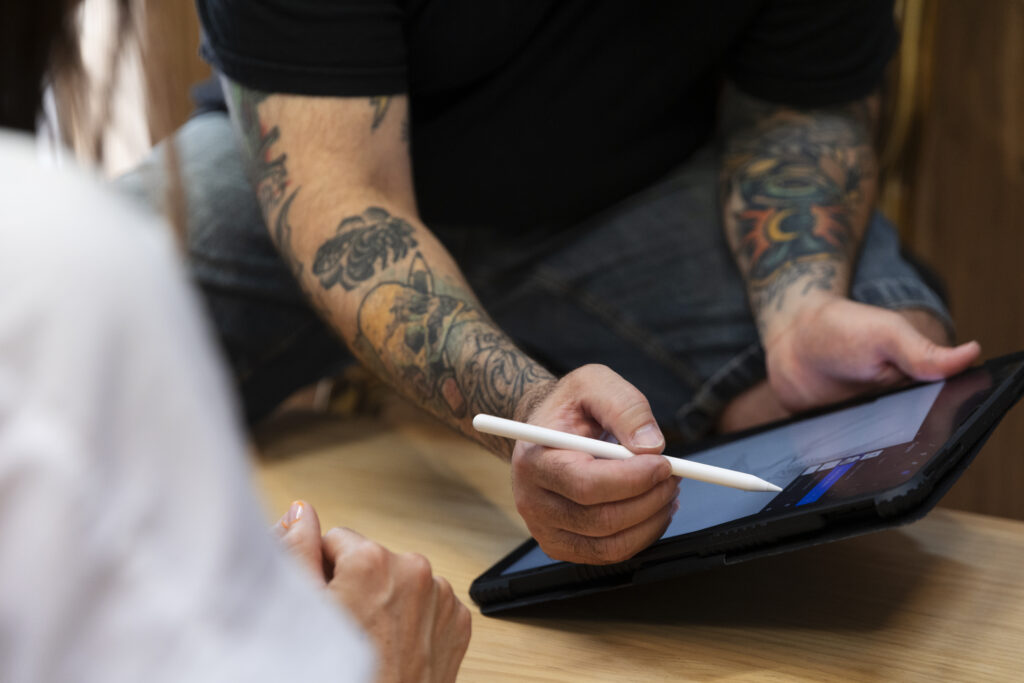
The practice of cover-up tattoos has a rich history that transcends modern tattoo culture. Historically, tattoos have been utilized for various purposes, including marking status, commemorating events, or even as a rite of passage. However, as personal tastes evolved over time, so too did the need for cover-ups. In earlier centuries, particularly amongst indigenous tribes, tattoos were permanent and immutable, often symbolizing significant milestones in one’s life. As styles and societal perceptions changed, many found themselves with tattoos that no longer held meaning or that had become outdated. Some key points in the evolution of cover-up tattoos include:
- Cultural Shifts: As tattoos began to permeate mainstream culture in the 20th century, the desire to modify existing inks also grew.
- Rising Popularity: In recent decades, skilled tattoo artists have honed techniques that allow for intricate designs and greater concealment of past tattoos.
The history of cover-up tattoos reflects not only personal journeys but also the evolving nature of art and self-identity in a changing world. This intricate blend of artistry and personal transformation is why cover-up tattoos fascinate so many today.
Factors to Consider
Size and Placement
When contemplating a cover-up tattoo, size and placement are paramount factors that greatly influence the final outcome. Essentially, the new design needs to be strategically larger or well-planned to effectively obscure the existing tattoo. Here’s what to keep in mind regarding size:
- Covering Old Ink: The old tattoo will often dictate how large your new design needs to be. For instance, a small, simple tattoo may require a larger cover-up to fully conceal it.
- Choice of Placement: The location on the body also affects the cover-up. Areas with more skin, such as the upper arm or back, allow for bigger, more intricate designs compared to smaller areas like the wrist or ankle.
Considerations for placement are equally crucial:
- Visibility: Decide how visible you want the cover-up to be. Some may prefer a design that remains discreet, while others may want something prominent.
- Body Shape: Each person’s body shape can enhance or detract from specific designs. Consulting with an artist about the ideal placement can provide valuable insights.
Design and Style
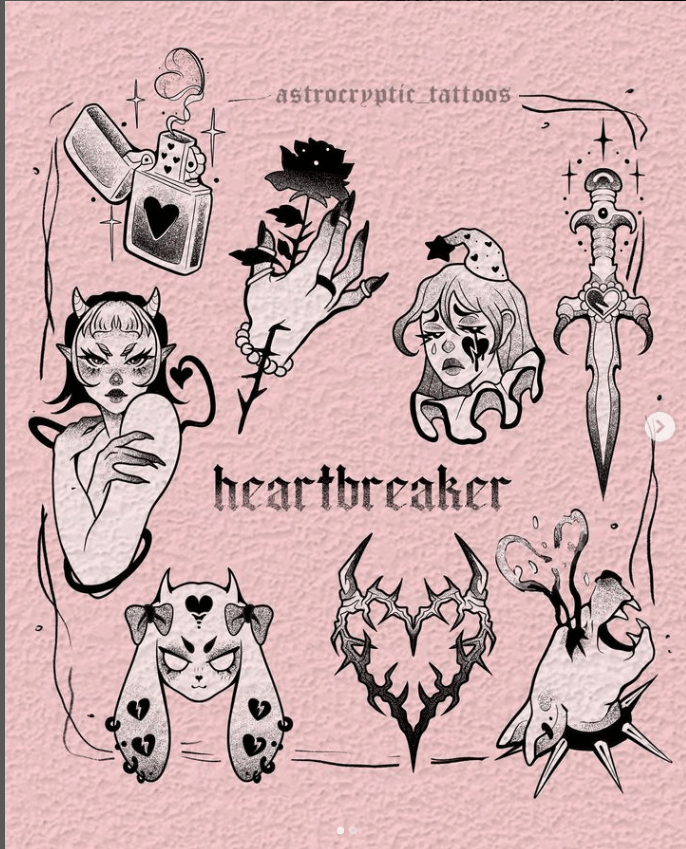
Once you’ve determined the size and placement, the next step is picking the right design and style. This is an opportunity to express personal growth or change through a meaningful piece of art. Here are a few aspects to consider:
- Artistic Style: Different tattoo styles can cater to various aesthetic preferences. Whether it’s realistic, abstract, traditional, or watercolor, choose a style that resonates with you.
- Symbolism: Reflect on what the new tattoo represents. It could tie into a significant life event, personal belief, or simply be a design that brings joy.
Consider these design options:
- Floral Patterns: These can effectively mask darker ink while offering a beautiful aesthetic.
- Dark, Bold Imagery: Designs featuring black or bold colors can help to completely cover older tattoos more efficiently.
Ultimately, both size and design are interconnected. A well-thought-out cover-up tattoo not only hides the past but also celebrates personal expression, seamlessly melding art with an individual’s journey. Engaging with a skilled artist can provide further guidance and refine these concepts into a cohesive piece of art that you can proudly showcase.
Tattoo Removal vs. Cover-Up
Pros and Cons of Tattoo Removal
When it comes to deciding between tattoo removal and a cover-up, it’s essential to weigh the pros and cons of each method. Tattoo removal, typically achieved through laser treatments, has gained popularity for those seeking to eliminate unwanted ink entirely. Pros of Tattoo Removal:
- Complete Erasure: Laser removal aims to completely erase the tattoo, leaving the skin clear and free of any remnants.
- Freedom for Future Designs: By removing a tattoo, it opens the door for new art without the constraints of previous designs.
- Improved Skin Appearance: For many, the healing process can lead to a more uniform skin tone post-removal.
Cons of Tattoo Removal:
- Costly and Time-Consuming: The process can be expensive and may require multiple sessions, which can become a lengthy commitment.
- Pain and Discomfort: Many individuals report discomfort during the procedure, making it less than ideal for everyone.
- Potential Scarring: Although rare, there is a risk of scarring or skin discoloration, which can be a concern for individuals.
Benefits of Cover-Up Tattoos
On the other hand, cover-up tattoos offer a different approach that can turn an old design into something meaningful and beautiful. Benefits of Cover-Up Tattoos:
- Transformation: Cover-ups provide a chance to transform an old tattoo into a new masterpiece, incorporating personal significance or elements that resonate at this point in one’s life.
- Instant Gratification: Unlike removal, which can take weeks or months to see results, a cover-up offers instant satisfaction and visual transformation.
- Artistic Freedom: Artists have the flexibility to craft intricate designs that can incorporate elements of the original tattoo while enhancing the overall aesthetic.
Making an informed decision ultimately depends upon personal preference and individual circumstances. For some, the thought of completely erasing a part of their past is appealing, while others may find greater value in creatively transforming it into something that reflects their evolving identity. Each option presents its own set of benefits, and a thoughtful evaluation will help individuals navigate this deeply personal journey.
Choosing the Right Artist
Researching Tattoo Artists
Choosing the right artist for a cover-up tattoo is a crucial step in the journey toward transforming unwanted ink into a masterpiece. With many talented tattoo artists out there, the research phase can be both exciting and overwhelming. Start by defining your project:
- Identify Your Style: Consider the design and theme you want for your cover-up. Are you leaning towards floral, abstract, or perhaps a traditional style? Knowing this can help narrow down your choices significantly.
Next, utilize various platforms to find artists:
- Social Media: Platforms like Instagram and Facebook are excellent for discovering local tattoo artists. This allows you to browse through their latest work and gain insights into their creative style.
- Tattoo Conventions: Attending conventions can introduce you to numerous artists, providing firsthand experience of their work and approach.
- Word of Mouth: Recommendations from friends or online communities can provide valuable leads and reviews about different artists.
Evaluating Portfolio and Skills
Once you’ve shortlisted a few artists, evaluating their portfolios and skills is the next vital step.
- Consistent Quality: Look for a portfolio that showcases a variety of work with consistent quality. Variability may indicate a lack of experience or a limited skill set.
- Previous Cover-Ups: Pay special attention to any previous cover-up tattoos the artist has completed. This can provide insight into their ability to effectively mask old designs while creating new ones.
- Technique and Style: Determine if their techniques align with your vision. For example, if you’re interested in intricate details, make sure the artist demonstrates precision in their work.
Additionally, have a conversation:
- Consultation: Schedule a consultation to discuss your ideas and gauge how the artist communicates and understands your vision. Comfort and rapport are essential in a creative collaboration.
- Feedback: Listen to their suggestions on how to best approach the cover-up, as their expertise can help refine your initial ideas.
Choosing the right artist is key to ensuring that your cover-up tattoo turns out beautifully while effectively reclaiming your skin’s story. Engaging in thorough research and open communication will set you on the path to a satisfying and transformative experience.
Preparing for a Cover-Up Tattoo
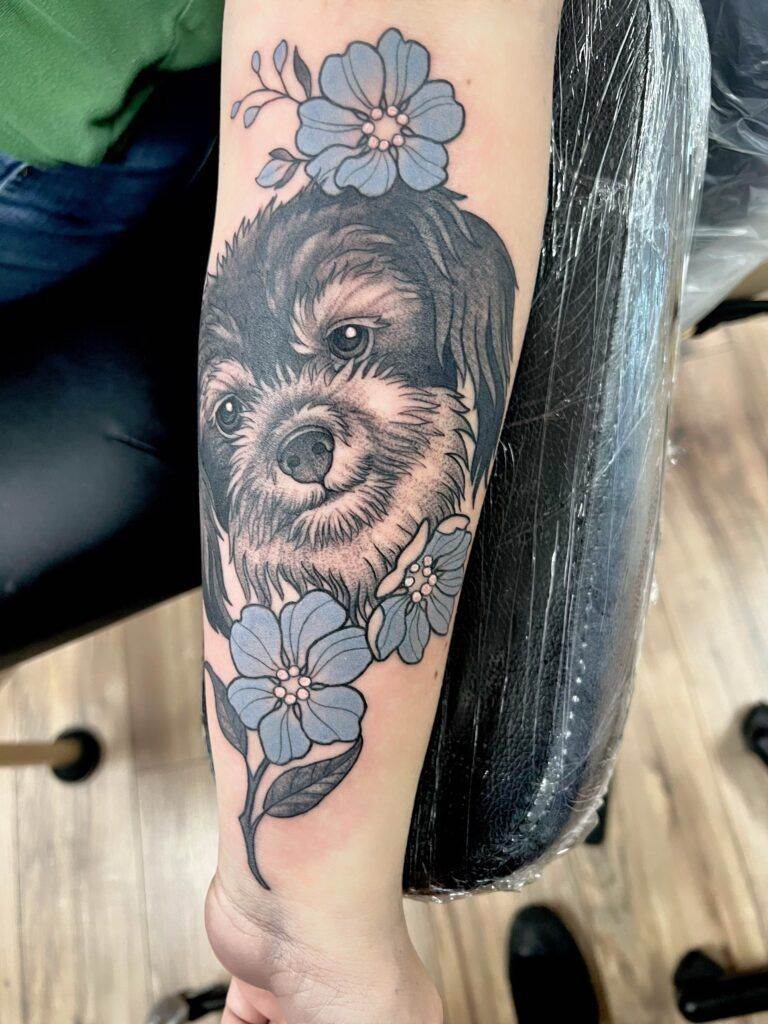
Consultation and Planning
Once you’ve chosen the right artist, the next step in preparing for a cover-up tattoo is the consultation and planning phase. This initial meeting is crucial, as it sets the foundation for your tattoo experience.
- Discuss Your Vision: Be prepared to share your thoughts and ideas about the cover-up. Bring photos or sketches that inspire you, as visual references can help convey your desired style.
- Assessing the Old Tattoo: The artist will evaluate the existing tattoo, discussing what can be concealed and what design elements can be incorporated from the original piece. Understanding the complexities of the old ink, such as color saturation and size, allows for better planning of the new artwork.
- Collaborate on Design: A skilled artist will often sketch preliminary ideas based on your preferences and their professional insight. Work together to refine the design, ensuring it encompasses your vision while effectively covering the old tattoo.
- Setting the Appointment: Once the design is finalized, you can schedule your tattoo session. Discuss any concerns regarding the date and time, ensuring you’re mentally and physically prepared for the appointment.
Aftercare and Healing Process
Preparing for a cover-up tattoo doesn’t end once the needle leaves your skin. Proper aftercare is vital to ensure optimal healing and maintain the quality of your new design.
- Immediate Aftercare: After your tattoo session, follow your artist’s specific aftercare instructions, which typically include:
- Keeping the bandage on for the recommended time.
- Gently washing the area with mild soap.
- Applying a thin layer of healing ointment as advised.
- During the Healing Phase: It’s essential to keep the tattoo clean and moisturized. Avoid excessive sun exposure, swimming, or intense workouts that might irritate the skin. A few key points to remember:
- Avoid Picking: As the tattoo heals, it will likely scab and peel. Resisting the urge to pick is crucial for preserving the design.
- Use Sunscreen: Once fully healed, always use sunscreen on your tattoo to protect the colors and details from fading.
- Timeframe for Healing: Healing can take anywhere from two weeks to a couple of months, depending on skin type and tattoo size. Regularly check in with your artist to assess the healing process and ask questions.
By engaging in a thorough consultation and following proper aftercare, you’ll pave the way for a successful and fulfilling cover-up tattoo experience. This careful preparation not only enhances your satisfaction but also ensures the final product remains vibrant and true to your vision.

